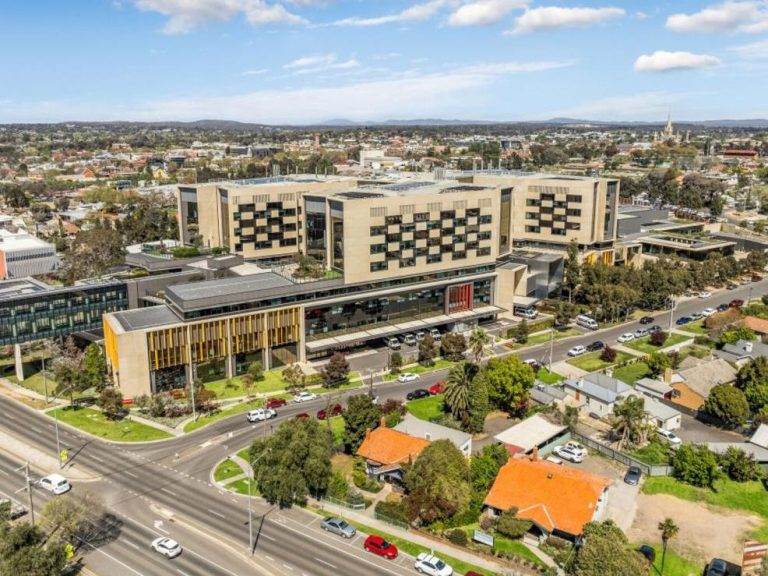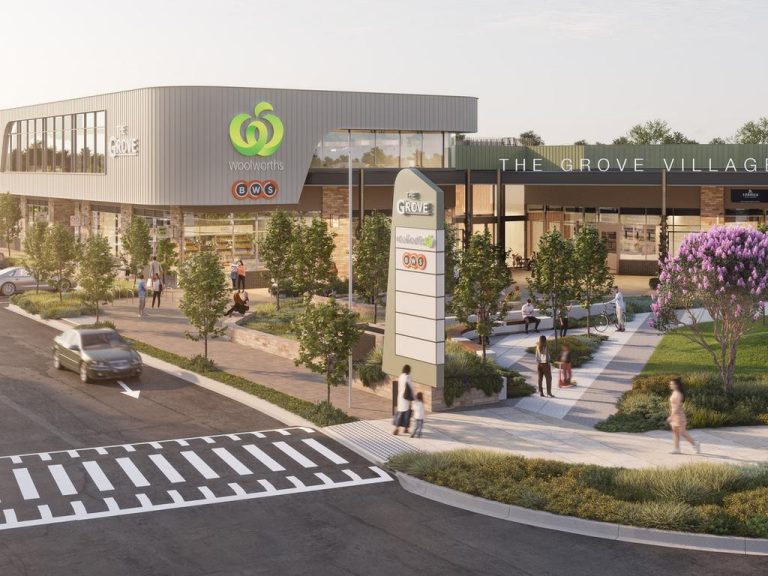Investment opportunities emerging but buyers biding their time

The number of commercial properties hitting the market has picked up this year, though this is yet to translate to an increase in deals.
There were 10% more commercial properties listed for sale over the March quarter compared to the same period last year, with listings up across six of the nine asset categories on realcommercial.com.au.
Medical and consulting assets have seen the biggest year-on-year rise in for sale listings, jumping by 28%, followed by industrial assets, up 20%. More investment opportunities were also seen across the office and retail sectors, which each saw for sale listings up 10% year-on-year.
Despite a rise in the number of properties coming up for sale, to date this hasn’t resulted in an increase in transactions.

Medical and consulting assets have seen the biggest year-on-year rise in for-sale listings. Picture: Getty
Preliminary figures from MSCI show that sales volumes were down 40% over the March quarter compared to the same period last year.
“The first quarter of the year is traditionally quite subdued, but with uncertainty still pervading the real estate market, particularly the office sector, it’s not surprising to see low volumes at this stage,” MSCI Pacific Head of Real Assets Research Ben Martin-Henry said.
Yet while deals have been slow to pick-up, there appear to be more prospective buyers circling.
In a sign transactions could pick up over the course of the year, there has been a notable rise in the number of searches and enquiries to buy property on realcommercial.com.au.
There were 16% more searches to buy commercial assets over the first three months of 2024 compared to the same time last year, while enquiries to buy were up 13%.
But despite more prospective buyers looking and more investment opportunities arising, the long-awaited uptick in deals is yet to occur.

More buyers are looking for commercial assets, but transactions remain subdued. Picture: Getty
The mismatch between the pricing expectations of buyers and sellers has been an ongoing problem over the past four years, particularly since 2022 when interest rates first started rising.
On top of higher capital costs, deteriorating economic conditions mean more buyers are requiring larger risk premiums to justify their investments, particularly for assets exposed to higher risk sectors.
Driving up vacancy risk, business insolvencies rose again in February, with the number of companies entering external administration reaching the highest monthly level seen since 2015.
However, the increase in listings, together with a more stable interest rate environment, may aid in speeding up the readjustment in prices. As the values vendors are willing to accept come in line with what buyers are willing to pay, we are likely to see an increase in sales.
“I would expect to see a pick-up in activity later this year as investors gain in confidence that we are nearing the bottom of the cycle,” Mr Martin-Henry said.
In addition to the pricing mismatch, a dearth of properties for sale had been a key contributor to the deal slump seen over the past 18 months. However, the recent uptick in properties being listed for sale is a clear signal that more owners are willing to accept current market conditions, which looks set to lead to an increase in deals.







